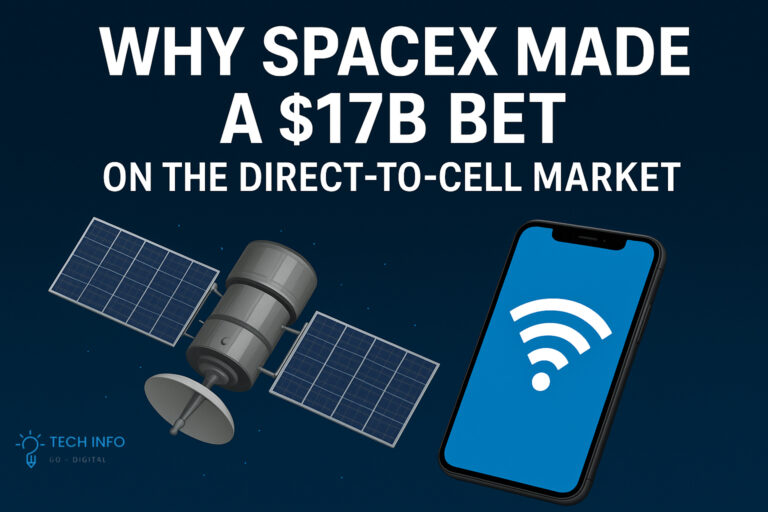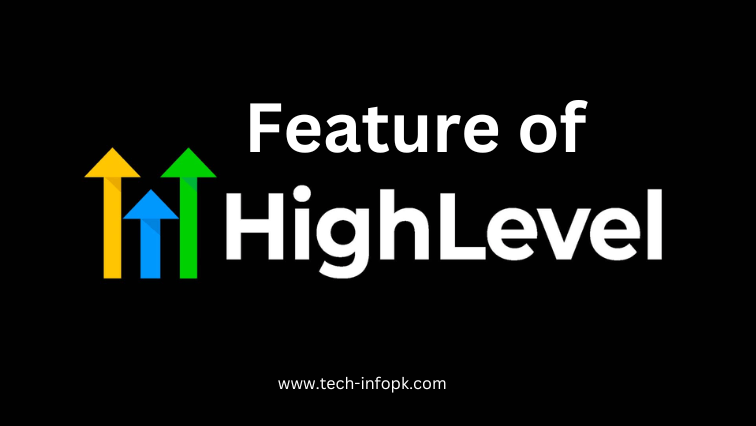Table of Contents
ToggleWhy SpaceX Made a $17B Bet on Shattering the World’s Connectivity Barriers
Fresh off the success of revolutionizing rocket reusability and building the world’s largest satellite constellation, Starlink, Elon Musk’s aerospace juggernaut is aiming its sights at a new, even more ambitious target: your smartphone.
In a move that sent shockwaves through the telecom and tech industries, SpaceX recently revealed it expects its new Starlink Direct to Cell service to generate a staggering $17 billion in revenue by 2025, catapulting it to become the primary driver of the company’s growth.
But why? Why would a rocket company risk so much capital to challenge the entrenched global telecom titans on their own turf? The answer is a compelling mix of visionary strategy, technological inevitability, and a massive, untapped market opportunity.
1. The “Final Frontier” of Connectivity: Filling the Glaring Gaps
The most immediate and obvious reason is the existence of a colossal problem: ubiquitous connectivity is a myth. Current cellular networks, for all their advancements, are hopelessly earth-bound. They rely on a vast, expensive network of ground-based cell towers. This means:
- Rural and Remote Areas: Vast swathes of the American heartland, Canadian wilderness, African plains, and Asian jungles have little to no service. Deploying traditional infrastructure there is economically unviable for telecom companies.
- Maritime and Aeronautical Routes: Once a ship or plane leaves the coastline, reliable, affordable connectivity vanishes, relying on archaic and expensive satellite phones.
- Natural Disasters: When hurricanes, earthquakes, or wildfires strike, ground infrastructure is often the first casualty, severing a critical lifeline for first responders and victims exactly when it’s needed most.
SpaceX’s Direct-to-Cell service aims to erase these dead zones. By leveraging its growing constellation of thousands of low-Earth orbit (LEO) satellites, it can create a blanket of coverage across the entire planet. Your standard smartphone will simply be able to connect directly to a satellite passing overhead for basic services like messaging, calling, and eventually broadband internet. This turns every square inch of the Earth into a “covered” area.
2. The Starlink Flywheel: Creating an Unassailable Ecosystem
- Rockets: SpaceX’s Falcon 9 provides the cheapest, most reliable launch capacity in the world, allowing them to deploy and replenish their satellite constellation at a pace and cost no competitor can match.
- Starlink Broadband: The existing consumer and enterprise broadband service generates revenue and proves the core satellite technology. It also creates a base of customers who may add a direct-to-cell plan for mobility.
- Direct-to-Cell: This new service massively expands the potential customer base from millions of homes and businesses to billions of global smartphone users. It is the ultimate upsell and market expansion.
A hiker with a Starlink terminal at their cabin can now also message friends from the trail. A farmer with a Starlink-connected sensor system can receive alerts directly on their phone from anywhere on their property. The stickiness and utility of the entire Starlink ecosystem become exponentially greater.
3. A $17B Market Opportunity: The Numbers Don’t Lie
The projected revenue is not pulled from thin air. It’s based on a clear-eyed analysis of a market desperate for a solution.
- B2B Goldmine: The Internet of Things (IoT) is exploding. Industries like agriculture, logistics, shipping, and energy management need to connect millions of sensors, trackers, and devices. Current cellular IoT coverage is limited, and specialized satellite IoT networks are often clunky and expensive. SpaceX can offer a ubiquitous, standardized (LTE-based), and potentially cheaper solution, capturing a huge slice of this enterprise market.
- Consumer Subscription Model: While initial services will be basic (texting first, then voice, then data), the potential subscriber base is every single person with a phone who ever travels outside a city, enjoys the outdoors, or simply wants a backup for emergencies. Even a small monthly fee from a fraction of the world’s smartphone users amounts to tens of billions in annual revenue.
- Government and Emergency Contracts: Being the only provider that can guarantee communication during a national crisis is an incredibly powerful and valuable position. Contracts with emergency services, military agencies, and government bodies worldwide would be both lucrative and strategically important.
4. The Technological Leap: “No Hardware Changes” is the Masterstroke
Previous attempts at satellite phone services required bulky, specialized devices. SpaceX’s key innovation is that its system will work with existing smartphones on standard LTE protocols. This is a game-changer.
By building custom silicon and advanced phased-array antennas into its new v2 Mini satellites, SpaceX has created a sophisticated “cell tower in the sky.” The technical challenges are immense—the satellites are moving at 17,000 mph and must seamlessly hand off your connection between them while compensating for the massive signal delay and power requirements.
If they’ve truly cracked this code (early tests with T-Mobile have been promising), they have eliminated the single biggest barrier to adoption: the need for consumers to buy new hardware. The service can be enabled via a simple software update from a partner carrier, instantly activating a global market of billions of devices.
5. The Strategic Long Game: Beyond Terrestrial Telecom
This move is also deeply defensive and strategic. The low-Earth orbit is getting crowded. Competitors like Amazon’s Project Kuiper are hot on Starlink’s heels in the broadband race. By moving first into direct-to-cell, SpaceX is establishing a new market standard and creating an incredibly high barrier to entry.
The required technological prowess, regulatory approvals, and capital investment to replicate this are astronomical. It secures Starlink’s dominance for the next decade. Furthermore, it positions SpaceX not as a mere internet service provider, but as a fundamental global utility—the backbone for the next century of communication, upon which countless other industries and services will be built.
The Challenges: It’s Not a Sure Bet
The $17B wager is not without its risks. Regulatory hurdles vary by country and will be fierce, as local telecom incumbents will lobby hard to protect their turf. The technology, while promising, is still unproven at a global commercial scale. And the specter of space debris and orbital congestion remains a serious long-term concern.
Conclusion: A Bet on a Connected Future
SpaceX’s $17 billion bet on direct-to-cell is far more than a new product line; it is a statement of intent. It is a belief that the future of connectivity is not just faster downloads in cities, but universal, foundational access for every person, device, and vehicle on the planet.
It leverages SpaceX’s unique strengths in rocketry, satellite design, and audacious engineering to solve a problem that has persisted since the invention of the telephone. By betting on shattering the final barriers to connectivity, SpaceX isn’t just chasing revenue—it’s aiming to make the very concept of a “dead zone” a relic of the past, and in doing so, write the next chapter in the story of human communication.





